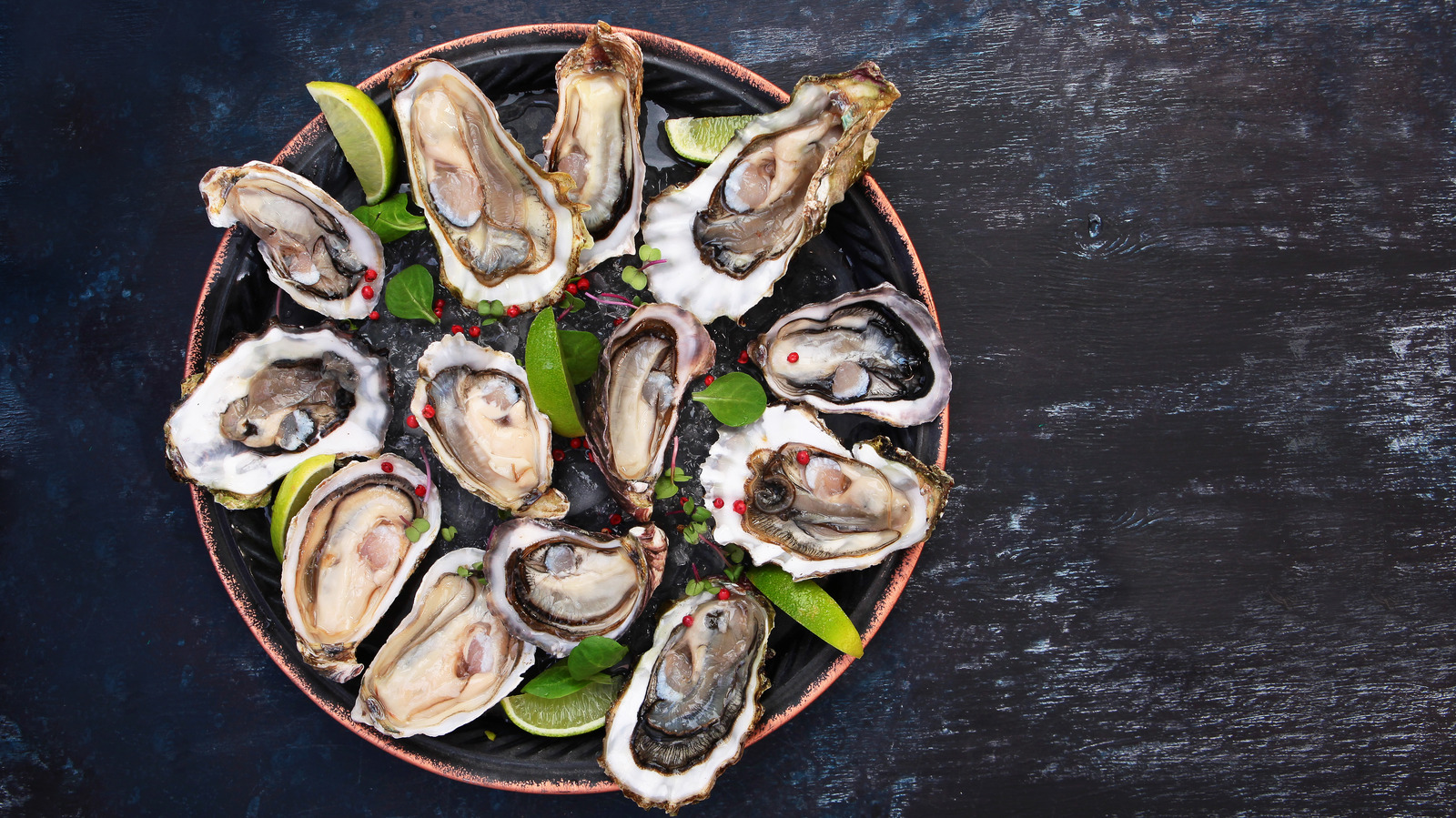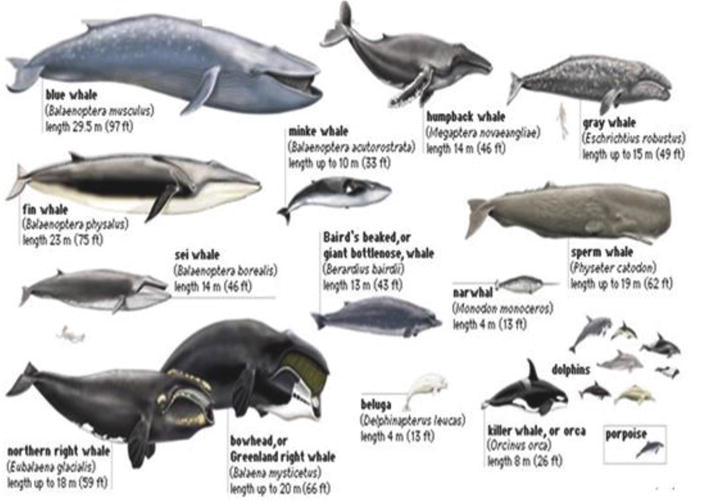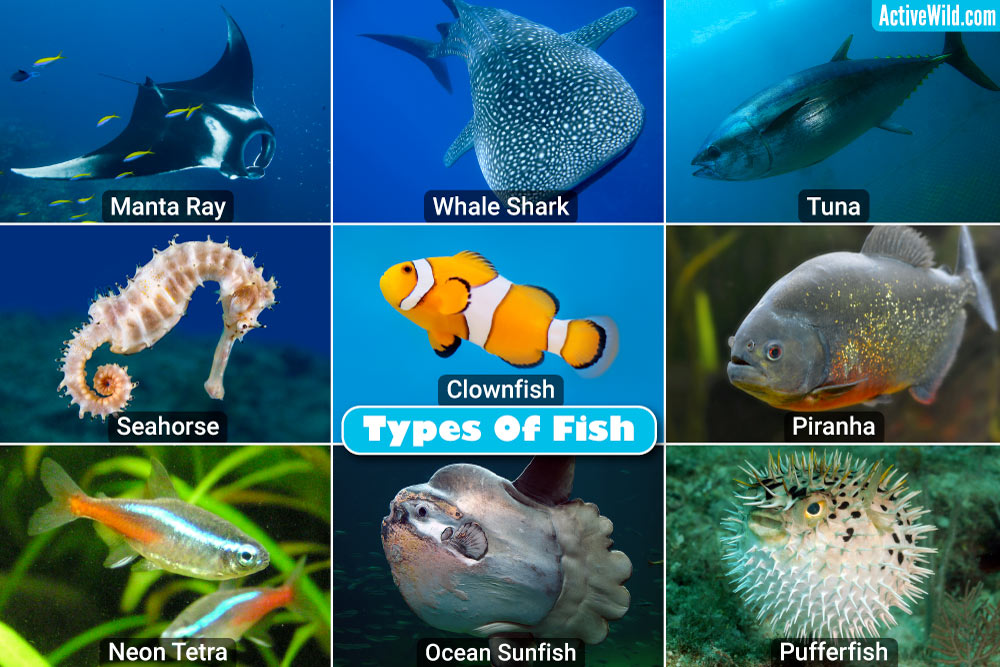Exploring the Variety: A Guide to Different Types of Oysters
Oysters have been considered a delicacy for centuries, prized for their unique flavor and texture. These bivalve mollusks are enjoyed by many around the world, and are a staple in many coastal communities. But did you know that there are many different types of oysters, each with their own distinct characteristics? Exploring the variety of oysters can be an exciting journey for any seafood lover. In this guide, we will take a closer look at the various types of oysters, their flavors, and how to best enjoy them.
Types of Oysters: A Diverse Selection
Oysters can be found in many different regions throughout the world, and each one has its own unique taste and texture. The most commonly consumed oyster varieties come from the East and West coasts of the United States, the Gulf of Mexico, Europe, and Asia. These oysters have different growing conditions, which contribute to their distinct flavors and appearances.
Understanding the 5 Main Oyster Varieties
There are five main varieties of oysters: East Coast, West Coast, Gulf, European, and Asian. They can be further categorized by their species and specific location. Each variety has its own characteristics, but all share the same basic anatomy. Oysters have a rough, textured exterior shell, which can range in color from white to dark gray or brown. Inside, they have a smooth, pearlescent interior and a small muscular foot used for attaching to surfaces.
East Coast Oysters: Briny & Bold Flavors
East Coast oysters are known for their briny and bold flavors, making them a popular choice for oyster lovers. They are typically grown in colder waters, such as the Atlantic Ocean and the Chesapeake Bay. Some well-known East Coast varieties include Blue Point, Wellfleet, and Cape May oysters. These oysters have a high salt content, giving them a distinctively salty and mineral taste.
West Coast Oysters: Mild & Creamy Options
West Coast oysters are grown in the Pacific Ocean and are known for their mild and creamy flavors. These oysters are often larger in size and have a smoother texture compared to their East Coast counterparts. Popular West Coast varieties include Kumamoto, Kusshi, and Pacific oysters. They have a more delicate and sweet taste, with a buttery finish.
Gulf Oysters: Rich & Unique Tastes
Gulf oysters are grown in the warm waters of the Gulf of Mexico, giving them a unique taste that is different from oysters grown in colder waters. These oysters have a rich and complex flavor, with hints of sweetness and a buttery texture. Some popular Gulf oysters include Apalachicola, Louisiana, and Texas oysters.
European Oysters: Classic & Complex Profiles
European oysters, also known as flat oysters, have been enjoyed for centuries and are considered a classic delicacy. They are typically found in the Atlantic Ocean and the Mediterranean Sea. These oysters have a more complex flavor profile, with a balance of saltiness and sweetness. Belon, Colchester, and Marennes oysters are a few examples of popular European varieties.
Asian Oysters: Sweet & Delicate Variants
Oysters have been a staple in Asian cuisine for centuries, with China being the largest producer of oysters in the world. Asian oysters have a subtly sweet taste and a delicate texture, making them a popular choice for raw consumption. Some well-known Asian varieties include Kumamoto, Miyagi, and Shanghai oysters.
Lesser-Known Oysters: Hidden Gems to Try
Aside from the popular oyster varieties, there are also many lesser-known types of oysters that are worth trying. These oysters may be limited in availability, but they offer unique and delicious flavors. Some examples include Olympia oysters from the Pacific Northwest, Hama Hama oysters from Washington State, and Beau Soleil oysters from Canada.
Factors Affecting Oyster Flavor & Texture
The flavor and texture of oysters can be influenced by a variety of factors, including the water temperature, salinity levels, and the type of food the oyster consumes. The location and farming methods also play a role in the taste and texture of oysters. Oysters that are grown in tidal estuaries tend to have a more complex flavor profile, while those grown in open water have a milder taste.
Pairing Oysters with the Perfect Accompaniments
Many people enjoy oysters on their own, but they can also be paired with various accompaniments to enhance their flavor. Common toppings include lemon wedges, hot sauce, and mignonette sauce. Oysters can also be enjoyed with a glass of champagne or a crisp white wine, as the acidity in these drinks helps to balance the rich and briny flavors of the oysters.
Oyster Tasting 101: Tips for a Complete Experience
For those who are new to oysters, it can be helpful to know some tips for a complete tasting experience. Firstly, be sure to only consume oysters that are fresh and properly handled. It is also recommended to start with milder varieties and work your way up to more bold and briny oysters. Take small bites and let the flavors develop on your palate before swallowing. And lastly, don’t be afraid to ask for recommendations from your server or oyster farmer to try new and unique varieties.
Oysters may seem like a simple seafood delicacy, but there is a world of variety waiting to be explored. By understanding the different types of oysters and their unique flavors, you can enhance your oyster experience and discover new favorites. So next time you have the chance, try out a new type of oyster and see how its taste and texture compare to the ones you’ve tried before. Who knows, you may stumble upon a hidden gem that will become your new go-to oyster.



